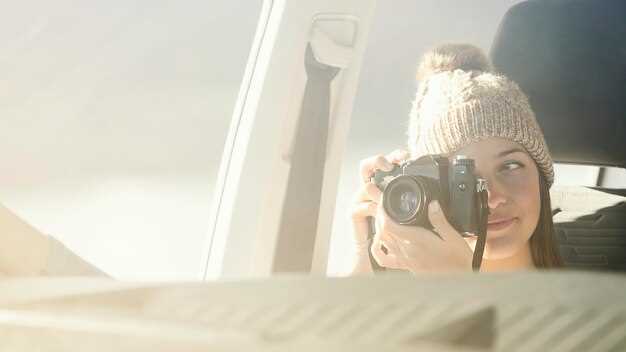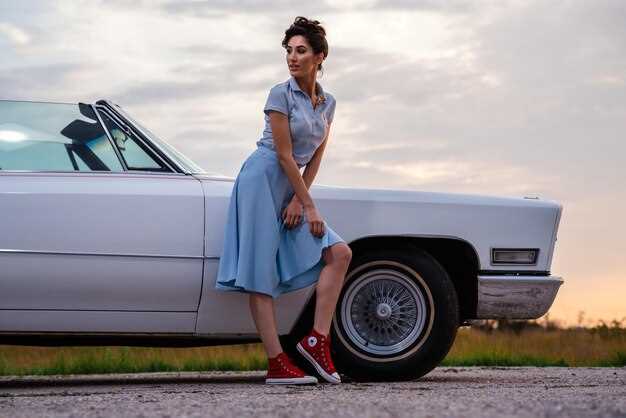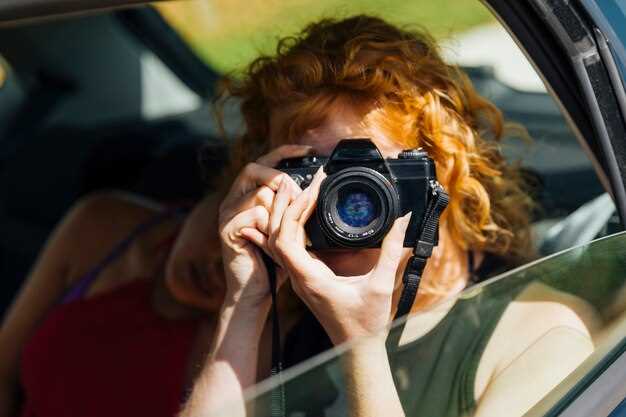
Capturing the beauty and elegance of classic cars through photography is a rewarding pursuit that requires skill, creativity, and an understanding of the unique appeal these vehicles hold. Whether you are a seasoned photographer or a passionate enthusiast, knowing how to frame and present classic cars can elevate your images and showcase their timeless charm.
The art of car photography goes beyond mere documentation; it involves telling a story that highlights the vehicle’s shape, color, and intricate details. To achieve this, one must pay attention to various elements such as lighting, angle, and background. The interactions between these components can amplify the visual impact and draw viewers into the scene, making them appreciate the allure of each classic car.
In this article, we will explore essential tips and techniques that can help you take stunning photographs of classic cars, enhancing their aesthetic appeal. From choosing the right time of day for optimal lighting to utilizing unique angles that showcase the car’s design, these insights will provide you with the tools to transform your car photography into captivating works of art.
Choosing the Right Location for Captivating Shots
When it comes to classic car photography, selecting the perfect location can significantly enhance the visual impact of your shots. A well-chosen backdrop not only complements the beauty of the car but also tells a story, evoking emotions that resonate with viewers.
Consider the Theme: Start by defining the theme of your photography session. Urban settings with their gritty textures can lend a modern edge to vintage cars, while natural landscapes provide a soft and serene contrast. Each location can highlight different aspects of the car’s design, so choose one that aligns with your vision.
Evaluate Lighting Conditions: Lighting plays a crucial role in photography. Aim for golden hour–shortly after sunrise or before sunset–when the natural light is soft and warm, creating a stunning atmosphere for your car shots. Avoid harsh midday sunlight, which can lead to unflattering shadows and blown-out highlights.
Scouting for Unique Features: Look for locations that have interesting features, such as old buildings, bridges, or nature trails. These elements can serve as striking backdrops, drawing attention to the car while adding depth to your images. Consider incorporating leading lines or framing techniques using the environment around the vehicle.
Safety and Accessibility: Ensure that your chosen location is safe and accessible. Evaluate the surrounding area for traffic, pedestrians, or other potential distractions. A diverse setting, such as an abandoned lot or a scenic overlook, can provide you with multiple angles and perspectives for captivating shots.
Tell a Story: Ultimately, the location should contribute to the story you want to tell with your photography. Whether it’s the romance of a coastal drive or the nostalgia of a city street, your backdrop should evoke the spirit of the classic car while engaging your audience visually.
Mastering Lighting Techniques for Classic Cars

Lighting is a crucial element in achieving stunning visual results in car photography. Classic cars possess unique curves and brilliant finishes that can be highlighted effectively with the right lighting techniques. Understanding how to manipulate natural and artificial light sources can enhance the overall aesthetic of your images.
Natural light is often preferred for photographing classic cars. The golden hours, just after sunrise and before sunset, provide soft, diffused light that can beautifully illuminate the vehicle’s body and details. This light creates a warm atmosphere, minimizing harsh shadows and providing a flattering tone that complements the car’s color and design.
When shooting during midday, consider using reflectors or diffusers. Reflectors can bounce light onto shadowed areas, revealing details that may otherwise be lost. Diffusers, on the other hand, help to soften the harsh sunlight, ensuring a more even exposure across the car’s surface. Positioning the reflector or diffuser at different angles can produce various effects, giving you the creative control to achieve the desired visual impact.
For nighttime photography, artificial lighting becomes essential. LED lights can add dramatic effects, illuminating specific sections of the car. Using a combination of lights can create dynamic contrasts and highlights that enhance the vehicle’s features. Experiment with light positioning to create depth and dimension in your shots while avoiding overexposure.
Pay attention to the angle of the light in relation to your subject. Side lighting can accentuate lines and textures, bringing out the details in the car’s design. Additionally, backlighting can create a silhouette effect, which can evoke a sense of nostalgia and drama in classic car photography.
Lastly, always consider the environment in which you are shooting. Reflective surfaces like water or polished pavement can create interesting lighting effects that enhance the visual appeal of your photographs. Being mindful of available light sources and integrating them into your composition will allow for captivating imagery that showcases the elegance and charm of classic cars.
Framing and Composition Tips for Timeless Images

Effective framing and composition are essential elements in classic car photography that enhance the visual appeal of your images. Start by identifying your focal point–the classic car itself. Ensure it occupies a prominent position in the frame, drawing the viewer’s attention immediately.
Utilize the rule of thirds to create a balanced composition. Divide your frame into a grid of nine equal parts and position the car along these lines or at their intersections. This technique often results in more engaging and dynamic photographs.
Incorporate leading lines to guide the viewer’s eye toward the vehicle. Roads, fences, or even pathways can serve this purpose, adding depth and drawing attention to the car. Experiment with different angles and perspectives to find the most captivating viewpoint that complements the vehicle’s design.
Consider the background carefully. A cluttered or distracting backdrop can detract from the classic car’s beauty. Opt for simple, clean settings that highlight the vehicle’s lines and colors without overwhelming it. Natural landscapes or urban settings can provide context and enhance the overall narrative of the photo.
Don’t forget to play with framing techniques. Use elements such as arches, trees, or buildings to frame the car within the scene, creating a sense of context and making the vehicle the center of focus. This approach adds layers to your photography while maintaining clarity.
Finally, be mindful of lighting. Golden hour, shortly after sunrise or before sunset, offers soft, warm light that enhances the texture and sheen of classic cars. Position the car to take full advantage of this natural light, ensuring the colors pop and the details are crisp.


